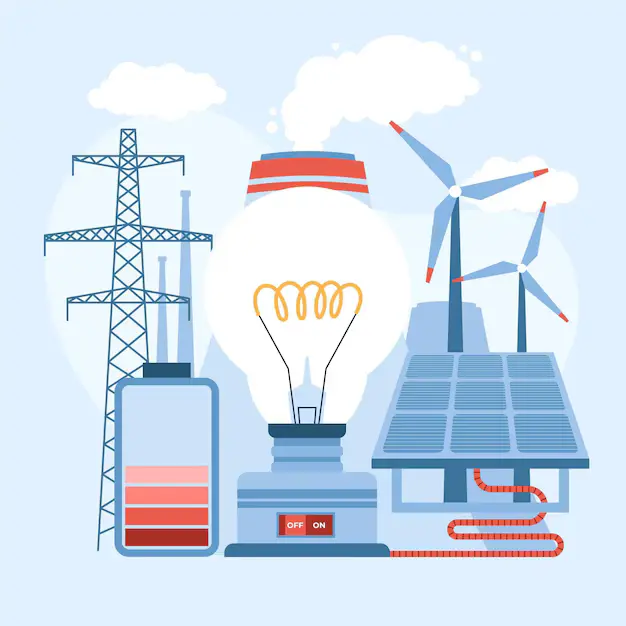The power generation industry stands at the forefront of global energy systems, providing the essential electricity needed to drive economies, support modern lifestyles, and fuel technological advancements. A global transition is underway from oil and coal-based generation to renewables such as solar, wind, and hydropower. The International Energy Agency (IEA) forecasts that 61% of global electricity will come from renewables by 2030.
Traditional power generation relies on coal, natural gas, oil-fired plants, and nuclear power, using combustion or nuclear fission to generate electricity. Renewables, by contrast, tap into natural resources such as sunlight, wind, water, and organic matter to generate clean, sustainable electricity.
Traditional power generation relies on coal, natural gas, oil-fired plants, and nuclear power, using combustion or nuclear fission to generate electricity. Renewables, by contrast, tap into natural resources such as sunlight, wind, water, and organic matter to generate clean, sustainable electricity.



